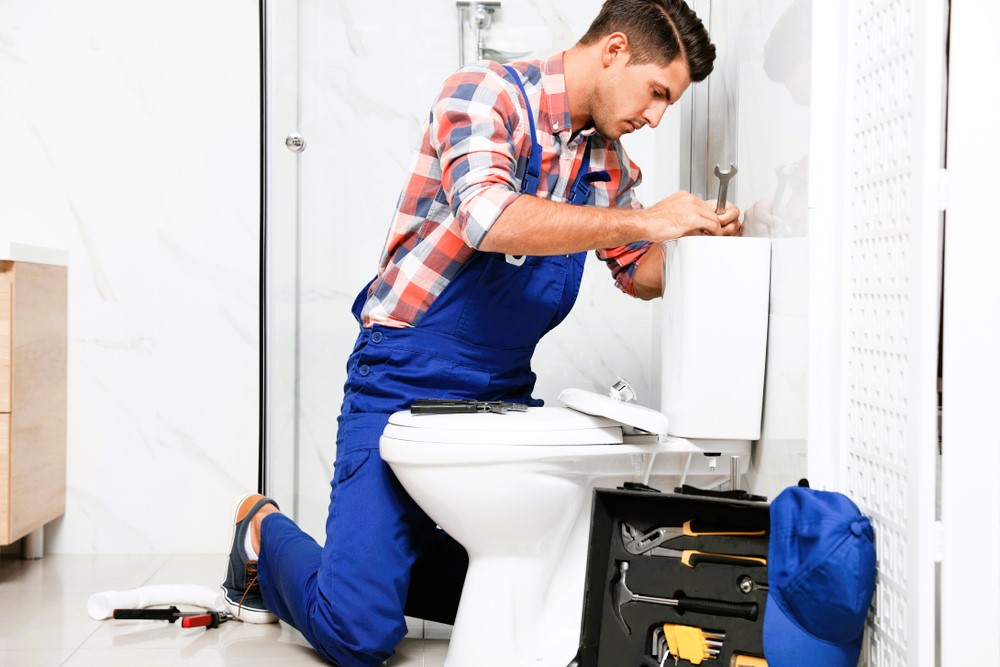Common Plumbing Issues and How to Prevent Them
Plumbing issues can disrupt the harmony of any household, causing inconvenience and potential damage to property. Understanding common plumbing problems and adopting preventive measures is crucial for maintaining a well-functioning plumbing system. In this article, we will explore some of the most prevalent plumbing issues and provide insights into how to prevent them.
1. Leaky Faucets
A dripping faucet not only wastes water but can also lead to increased water bills. The constant dripping is often caused by worn-out washers or damaged internal components. To prevent leaks, regular maintenance, such as replacing washers and checking for corrosion, is essential. Prompt repair can save both water and money in the long run.
2. Clogged Drains
Clogged drains are a common nuisance in households. Hair, soap scum, grease, and foreign objects can accumulate over time, obstructing the free flow of water. To prevent clogs, use drain screens to catch debris, avoid pouring grease down the drain, and perform periodic drain cleaning using natural or commercial solutions.
3. Running Toilets

A running toilet is not only annoying but can also contribute to water wastage. The issue is often caused by a faulty flapper valve or an imbalanced float. Regularly inspect the toilet tank components, replace worn-out parts, and ensure proper alignment to prevent water from continuously running.
4. Low Water Pressure
Low water pressure can be frustrating, especially when trying to shower or wash dishes. This issue may result from mineral buildup in pipes, a malfunctioning pressure regulator, or a hidden leak. Regularly flush sediment from the water heater, check pressure regulators, and promptly repair any leaks to maintain optimal water pressure. You can read about how high-quality window installation affects the energy efficiency of your home in our article.
5. Water Heater Issues
Issues with water heaters can range from insufficient hot water to leaks and strange noises. Regular maintenance, such as flushing the tank to remove sediment, checking for leaks, and inspecting the pressure relief valve, can prevent many water heater problems. Additionally, consider the age of the water heater, as older units may require replacement.
6. Frozen Pipes
In colder climates, frozen pipes can be a significant concern. When water freezes, it expands, potentially causing pipes to burst. To prevent frozen pipes, insulate exposed pipes, disconnect hoses, and allow faucets to drip during extremely cold weather. Proper insulation is key to protecting your plumbing during winter months.
7. Sewer System Backup
A sewer system backup can lead to unpleasant odors and potential health hazards. Avoid flushing non-biodegradable items down the toilet, such as wipes and sanitary products. Regular sewer line inspections can also help identify and address potential issues before they escalate.
8. Pipe Leaks
Leaking pipes can result from various factors, including corrosion, high water pressure, or physical damage. Regularly inspect pipes for signs of leaks, such as damp spots, mold, or discoloration. Promptly repair leaks to prevent water damage and the growth of mold and mildew.
9. Faulty Sump Pumps
For homes with basements, a faulty sump pump can lead to flooding during heavy rains. Test your sump pump regularly, ensure proper discharge, and consider installing a battery backup system to prevent basement flooding, especially during power outages.
10. Tree Root Intrusion
Tree roots seeking water and nutrients can infiltrate underground sewer lines, causing blockages and damage. Be mindful of planting trees near sewer lines, and if you suspect root intrusion, consult a professional plumber for inspections and potential solutions.
Preventive Measures for Healthy Plumbing

- Regular Inspections: Conduct routine inspections of plumbing fixtures, pipes, and appliances to identify and address issues early.
- Proper Disposal: Dispose of grease, food scraps, and non-biodegradable items in a responsible manner to prevent clogs and sewer backups.
- Temperature Control: Insulate pipes, especially in colder climates, to prevent freezing and potential pipe bursts.
- Water Softening: Install water softeners to reduce mineral buildup in pipes, promoting better water flow and preventing corrosion.
- Professional Maintenance: Schedule periodic professional plumbing inspections and maintenance to address potential problems before they become emergencies.
Conclusion
Understanding common plumbing issues and implementing preventive measures is essential for maintaining a functional and efficient plumbing system in your home. By adopting good practices and staying vigilant for early signs of problems, you can save both time and money in the long run.
For more information on plumbing standards and guidelines in Canada, visit Wikipedia. Remember, a proactive approach to plumbing maintenance is key to a smoothly running household.

